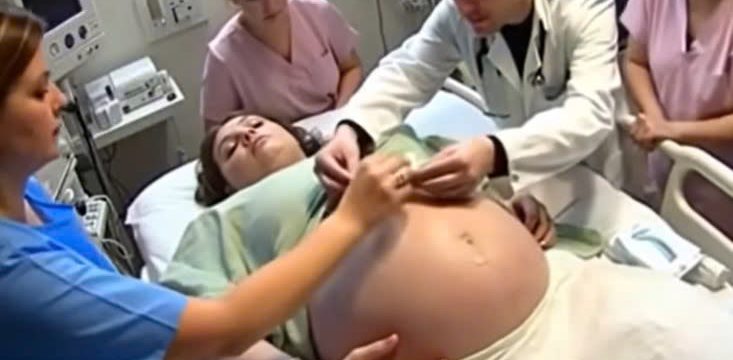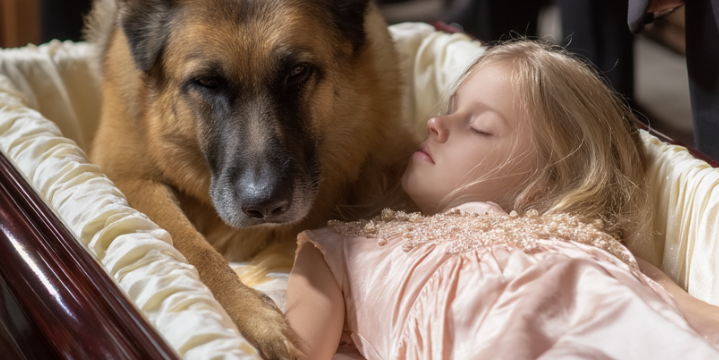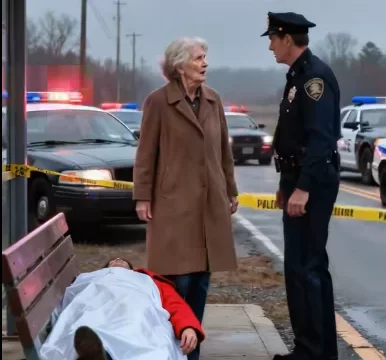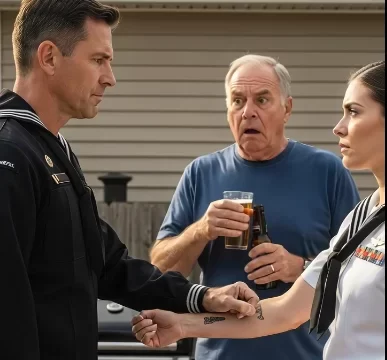In 2014, conservationist Paul Rosolie undertook one of the most controversial experiments ever broadcast on television. His goal was extraordinary: to allow himself to be swallowed by a massive green anaconda in the Amazon rainforest. The idea was not born out of recklessness or a desire for personal fame but rather out of desperation to raise global awareness about the rapid destruction of one of Earth’s most vital ecosystems. Rosolie, an experienced explorer, naturalist, and writer, had spent years studying the Amazon and documenting its complex web of life. He had seen firsthand the accelerating pace of deforestation, illegal mining, and habitat loss. Believing that people around the world were becoming numb to statistics and traditional conservation campaigns, he decided that only an extreme act would grab attention. By pushing the boundaries of personal risk, he hoped to spark a global conversation about the importance of protecting the rainforest.

To prepare for this dangerous encounter, Rosolie designed a custom-built carbon fiber suit. The suit was engineered to withstand the crushing strength of the anaconda’s coils, which are capable of exerting immense pressure on prey. It was outfitted with multiple safety features, including cameras to capture the event from his perspective and a built-in oxygen supply to ensure he could continue breathing even under the snake’s grip. Every precaution was taken to minimize the danger, both to him and to the animal. With a full support team nearby to monitor his vital signs, Rosolie was as prepared as anyone could be for such an unprecedented attempt.
When the cameras rolled for the Discovery Channel documentary, Rosolie approached the giant snake cautiously. To encourage the encounter, he provoked the reptile to strike, and the anaconda responded with astonishing speed. In an instant, it lunged forward, wrapping its muscular coils around his body. The snake’s strength was overwhelming, and soon he found himself pinned and unable to move. The suit protected him from physical injury, but it could not shield him from the terrifying sensation of being constricted by one of nature’s most powerful predators.
As the coils tightened, Rosolie described what he was experiencing in real time. “I’m getting coils over me,” he said through his headset. “She’s got my arms pinned. She knows there’s nothing I can do.” His breathing became strained, and his heart rate soared under the tremendous pressure. The team monitoring the situation kept a close watch on his oxygen levels and stress indicators. The moment was not only physically demanding but also mentally overwhelming. Even with years of field experience, Rosolie admitted later that nothing could have fully prepared him for the psychological weight of the experience.
Eventually, the team made the decision to intervene. They carefully unwrapped the anaconda’s coils and freed Rosolie from its grip. Though shaken, he was unharmed thanks to the protective suit and the swift response of his colleagues. The experiment had not gone exactly as planned—Rosolie confessed that he immediately regretted the idea once he felt the immense force of the snake—but the footage captured was unlike anything ever seen before. It showed not only the frightening power of the anaconda but also its incredible beauty and role as a vital part of the Amazon’s ecosystem.
The broadcast sparked an immediate reaction worldwide. Some viewers were horrified, criticizing the stunt as unnecessarily dangerous and potentially stressful for the animal. Animal rights advocates argued that such experiments blur the line between conservation and exploitation. Others, however, praised Rosolie for his willingness to put himself in harm’s way to draw attention to a cause that often struggles to compete with the distractions of modern life. They saw it as an extreme but effective way to highlight what is at stake if the Amazon rainforest continues to disappear.
Rosolie himself defended his decision, emphasizing that his team took extensive precautions to ensure the snake was not harmed. He stressed that the purpose of the project was not to sensationalize danger but to remind the world of the urgent need to protect the Amazon. The green anaconda, like countless other species in the region, depends on the rainforest for survival. Without conservation efforts, both the animals and the human communities that rely on the forest face uncertain futures.
In the months following the documentary, Rosolie’s experiment continued to generate debate. Critics maintained that conservation should not rely on shock value, while supporters pointed to the renewed attention the Amazon received after the program aired. News outlets, talk shows, and online forums buzzed with discussions about deforestation, habitat preservation, and the responsibilities of humans as stewards of the planet. In this way, the experiment succeeded in achieving Rosolie’s original goal: making people talk about the Amazon.
For Rosolie, the ordeal reaffirmed his lifelong commitment to conservation. While he admitted he would never repeat the attempt, he stood by the impact it created. He saw the experience as part of a larger effort to push boundaries and keep the conversation alive about one of Earth’s most fragile and important ecosystems. His willingness to risk personal safety for a cause underscored just how desperate the situation has become in the Amazon.
Today, the footage remains one of the most talked-about moments in conservation media. It serves as a reminder of both the incredible power of nature and the lengths to which people will go to defend it. Whether seen as reckless or courageous, Paul Rosolie’s attempt to be “eaten alive” by an anaconda forced millions to pay attention, if only for a moment, to the plight of the rainforest. It is a legacy of both controversy and inspiration, one that continues to fuel conversations about the balance between human ambition and respect for the natural world.





